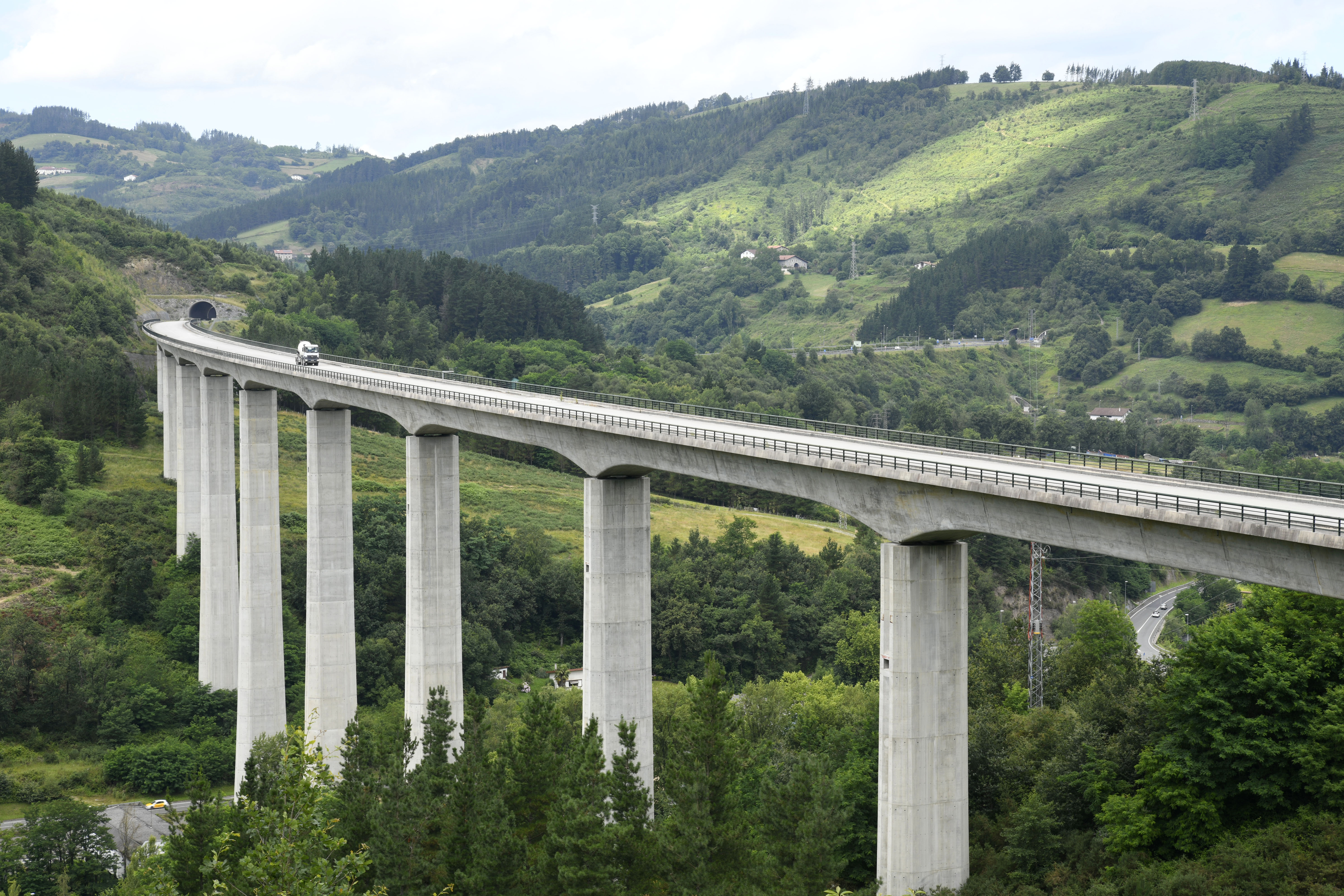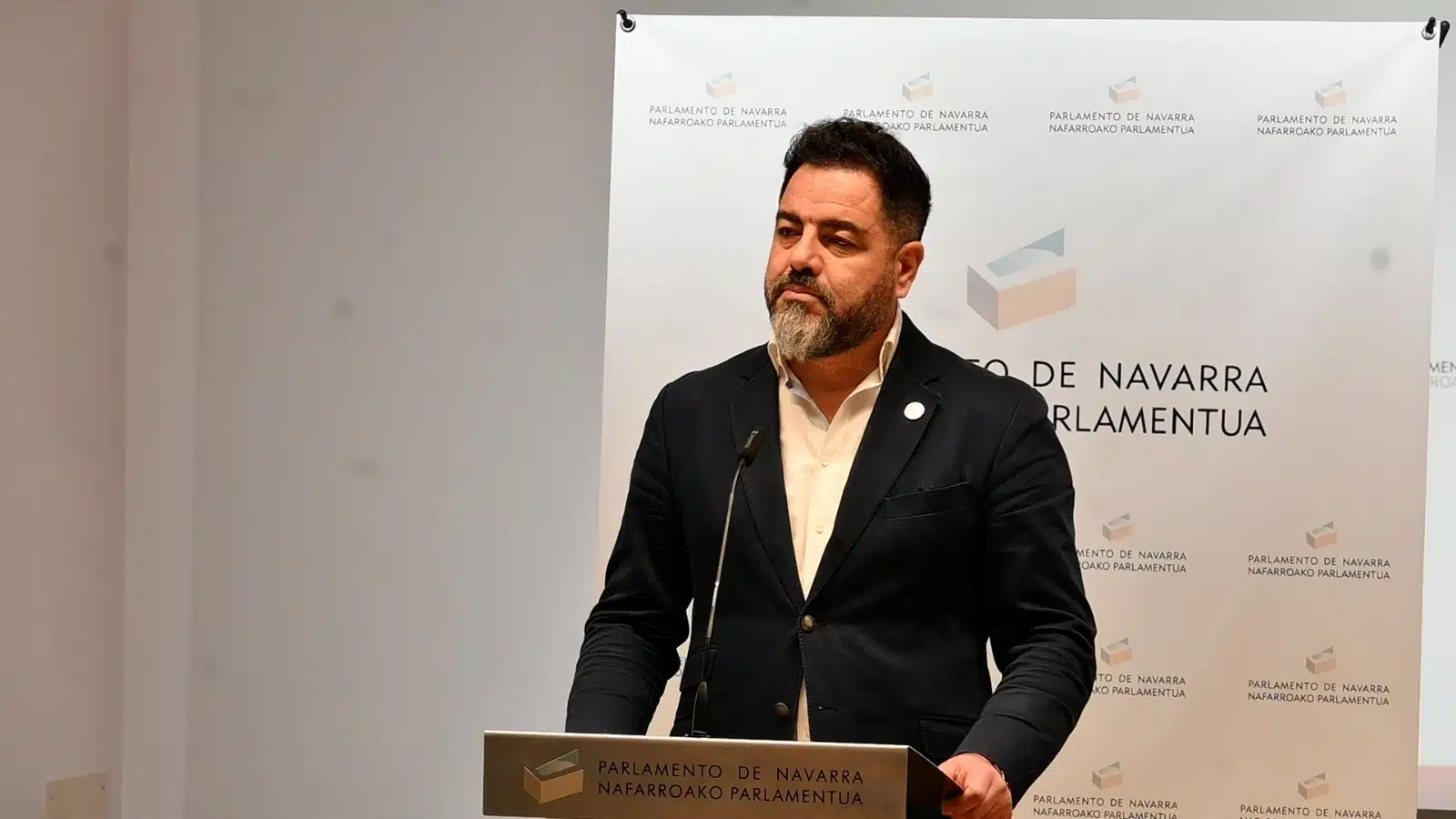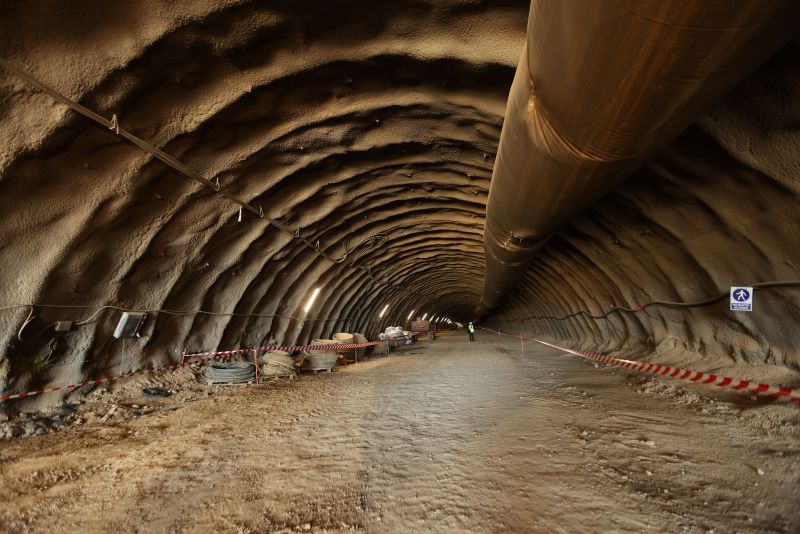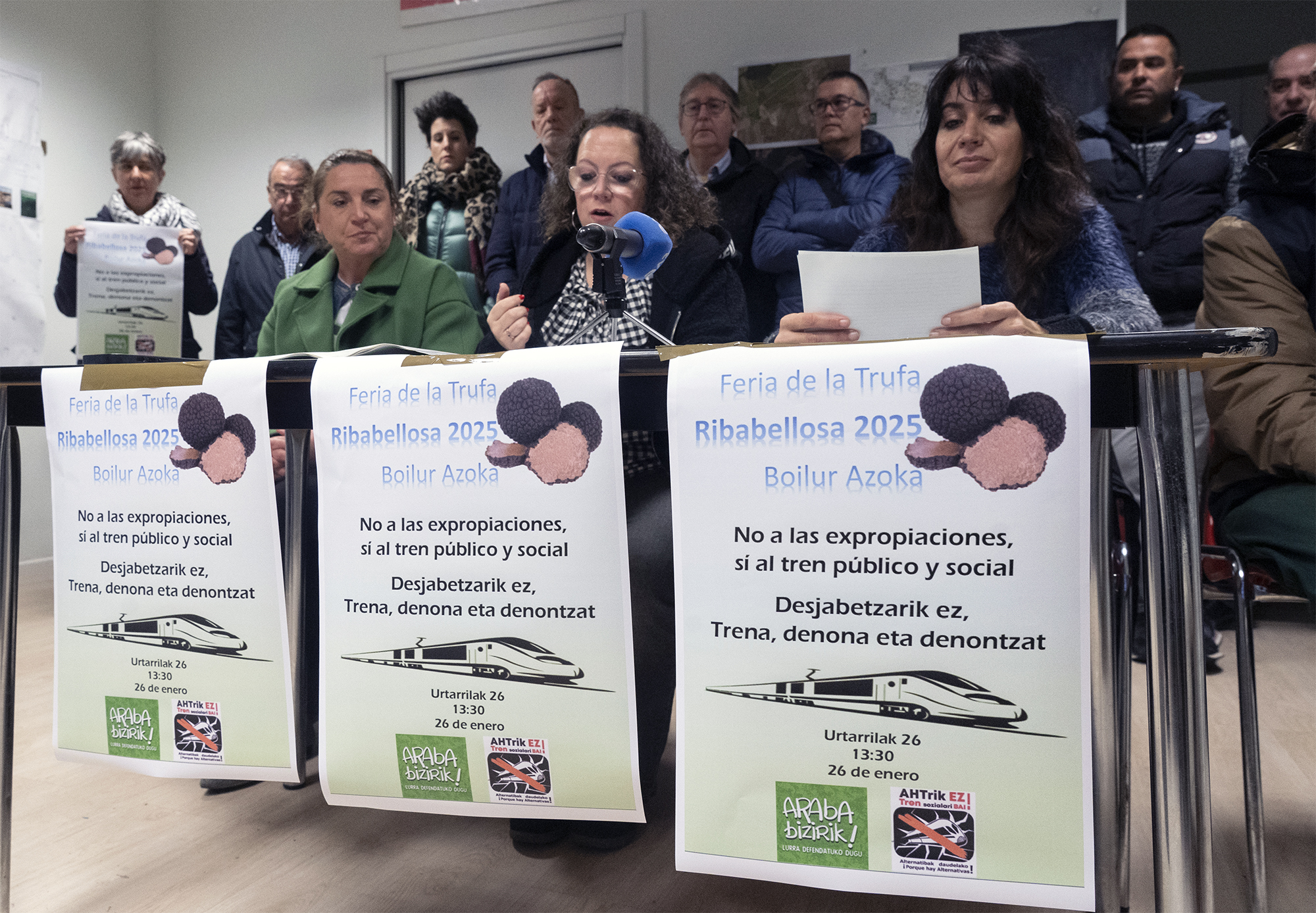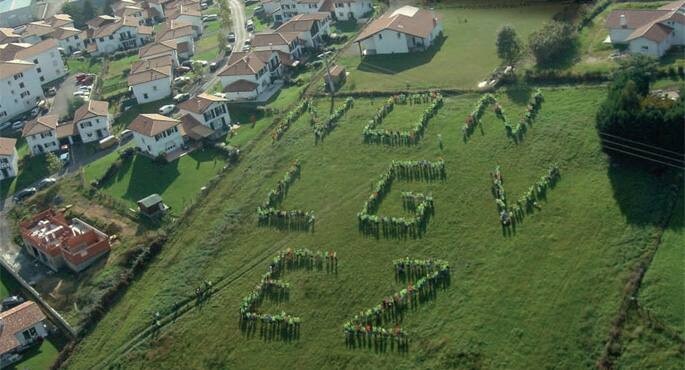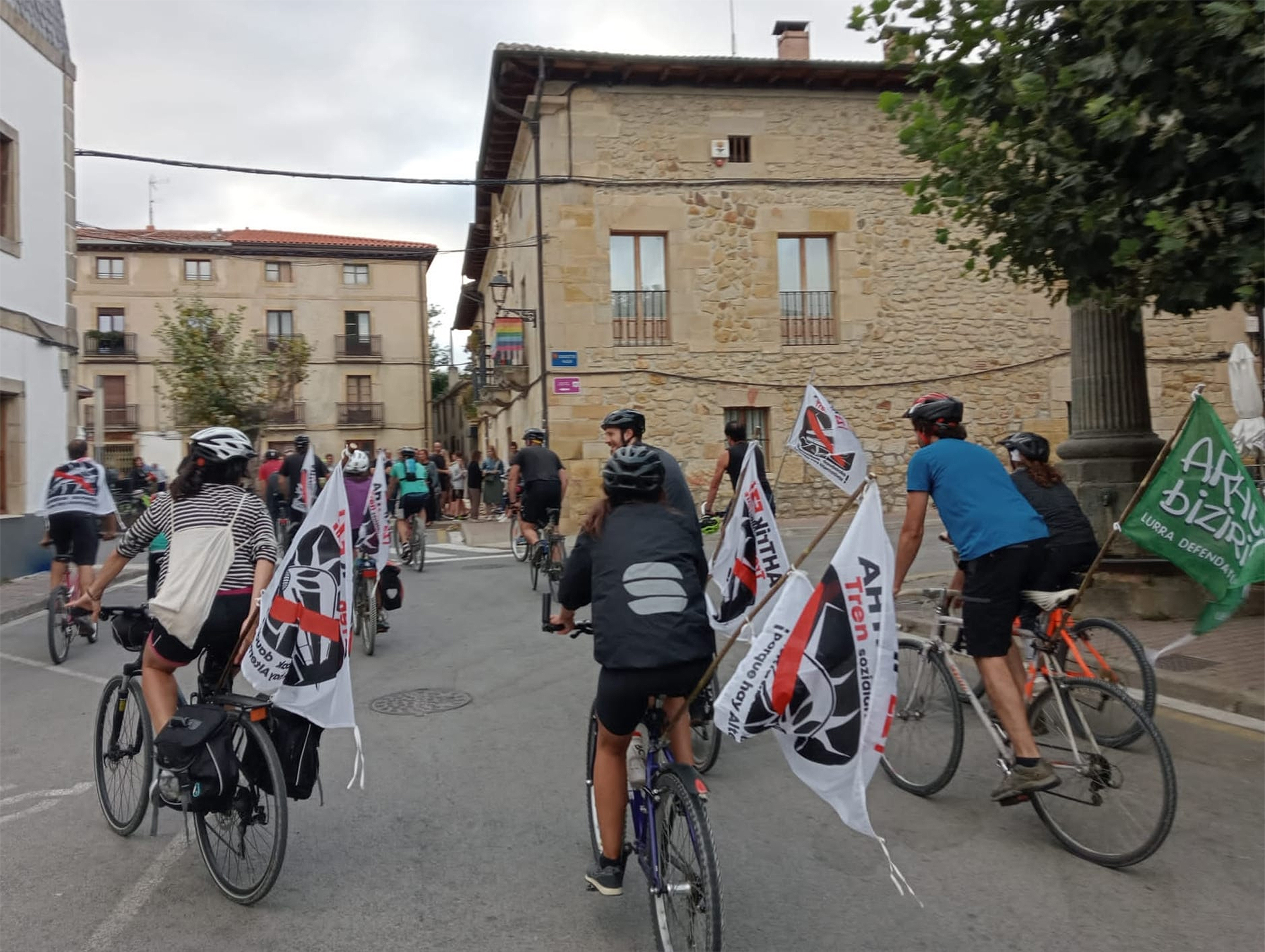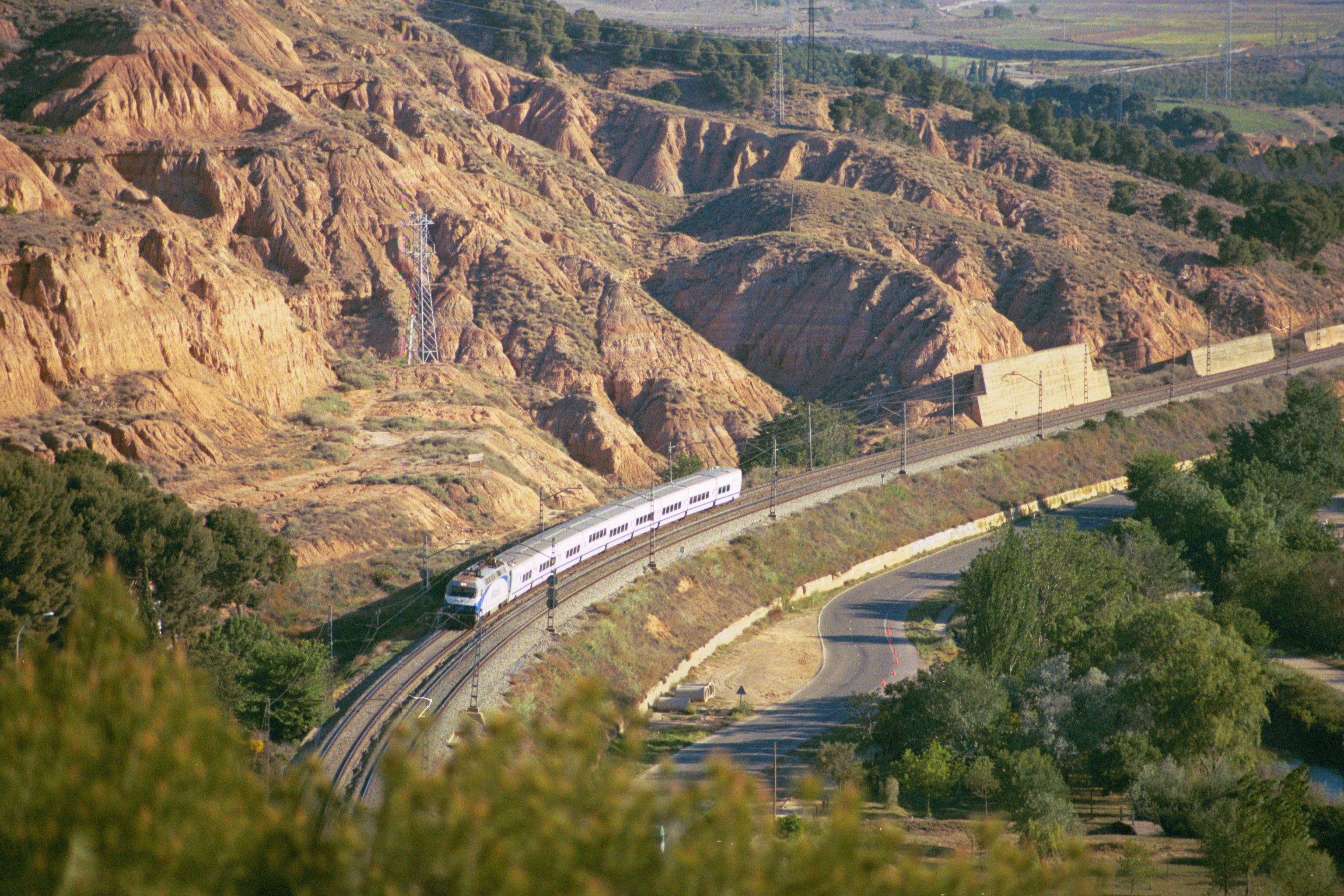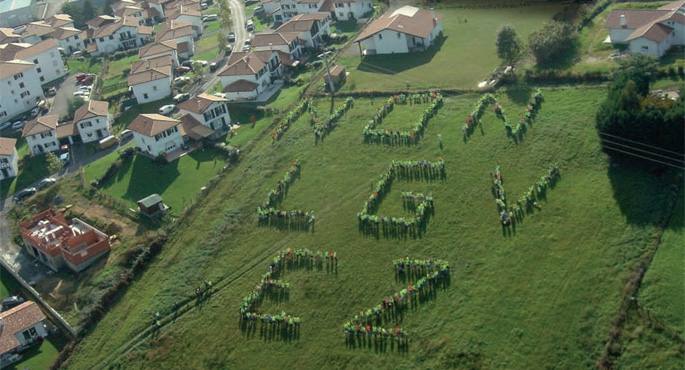'Y Vasca' does not help transport the truck from the road to the railway
- This is one of the main conclusions of the research conducted by three UPV professors. According to them, the Basque Y will transport a similar amount of goods by 2030 in 2012 if it is already in place. With regard to passengers, Basque Y is expected to have a passenger density of 5.8 million by 2030. According to global standard calculations, to make a high-speed line profitable, the annual passenger density would be 10 million passengers.
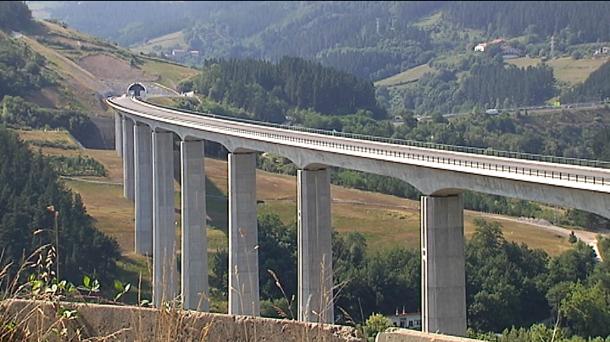
The study was conducted by professors of the UPV/EHU Gorka Bueno, Andoni Kortazar and David Hoyos based on studies conducted by public agencies. The passenger data was extracted from the study carried out by the Spanish Railway Structure Manager (ADIF) in 2015, the last public event. However, the freight calculations have mainly been carried out with data for the terminal train being carried out in the industrial estate of Jundiz in Álava. This terminal is key to freight transport, as it will carry out freight transactions from both the north and the south of one type of rail to another.
The three professors are part of the Ekopol Group of the UPV/EHU and warn in their article that it is not understandable that the Councilor of the Environment, Territorial Planning and Housing of the Basque Government, Iñaki Arriola, does not provide data on the transportation of goods that will have the "It is surprising that the most expensive works that have been projected in the CAPV since the beginning of 10,000 years,
However, there are data and it is the data provided by the Department of Transport itself that the three professors used for this study. That is why they were surprised that in an interview given to the Gara newspaper on November 28, Arriola said he did not know the amount of goods the Basque Y was going to bring. And among other things, that's why they decided to publish that article in Ekopole. In fact, this article is part of a broader article that teachers are preparing about the environmental impact of Basque Y. They conducted their environmental survey in 2016 and will update it with the latest data they have now.
In any case, researchers already question the profitability of the gigantic infrastructure being built: “Taking this year as a benchmark (2030), this demand does not guarantee minimum socio-economic profitability and will not contribute to the fight against climate change or to the significant displacement of vehicles from road to rail”.
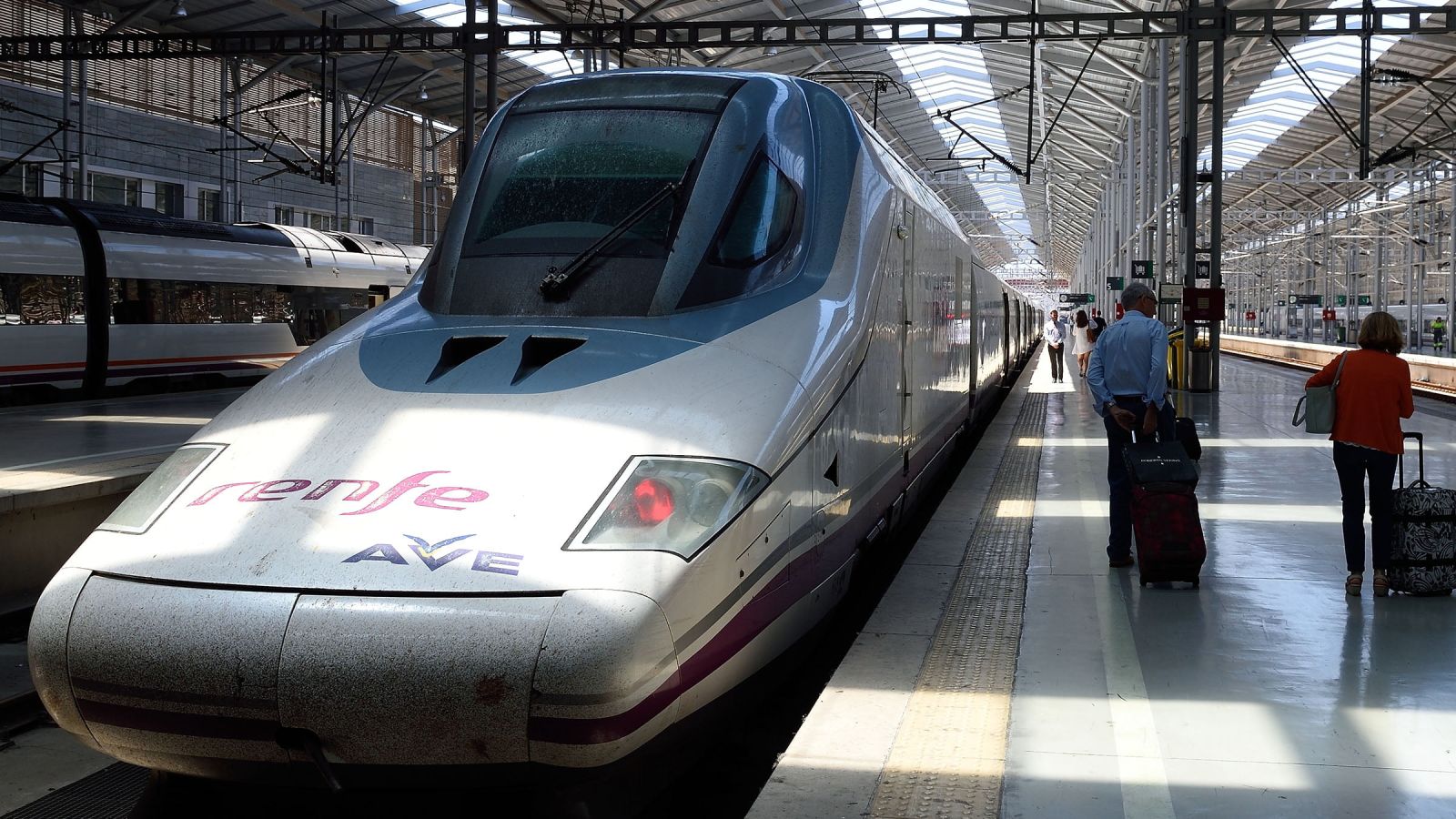
Shortages of travelers, lack of profitability The 2015
Adif study addresses several options, and the most optimistic of them are predicted for the next 30 years: “3.8 million passengers in 2020, 5.8 million in 2030, 6.9 million in 2040 and 7.6 million in 2049”. It is clear that 2020
has not been achieved, because the infrastructure is still unbuilt. The 2030 scenario also presents difficulties: on the one hand, capital stations should already be in operation, which is very difficult, which could be solved, since in the forecasts of the authorities the fast train can start in its first steps with the provisional stations. However, it is more difficult to cover this optimistic figure of 5.8 million passengers, as the high-speed infrastructures being built in the immediate vicinity should be operational by 2030: after the end of the Burgos and Vitoria section, the Navarro corridor, the line between Madrid and Lisbon, and the line between Dax and Hendaia. “Without them, trafficking would be much lower,” the researchers say. In any case, no provision reaches 10 million passengers annually considered as socio-economically profitable.

Compared to the passenger density of other countries in the world, the Basque Y forecasts are scarce: in data prior to the COVID-19 pandemic of the International Rail Union, the passenger density in France was 22 million per year, in China another 22 million and in Taiwa and Japan some 35 million. That is, four times fewer passengers than France and China and six times less than Taiwan or Japan.
The APR will deliver the 2012 goods by 2030. The first thing to clarify is that the Spanish and French
TAV networks are not prepared to transport goods. However, the Basque Y or the Navarre corridor are officially known as high-performance roads. This means that passenger trains cannot exceed 220 km/h and 120 km/h for goods.
To set the quantities of goods to be transported, the Ekopole teachers have used the data foreseen in 2019 by the Basque Government and Adif for the Jundiz terminal under construction. Two scenarios are envisaged which have been used by the most optimistic. According to this, 1.58 million tonnes (Mt) of Basque Y would be sold in 2030.
The authors of this report also have doubts about the completion of this data, mainly for two reasons: on the one hand, 1.58 Mt to 0.25 Mt of docks, but to do so it is necessary to construct the southern railway variant of Bilbao, whose first tranche, the tunnel under Monte Serantes, has been completed since 2009. The construction of the tunnel lasted four years, with a cost of EUR 50 million, has not yet been used and at least will not be used soon, as this southern variant is very slow. This new road is essential for the access of goods to the port of Santurtzi.
According to the teachers, Bilbao already has a dry port in Arasur, near Miranda de Ebro (Burgos). Furthermore, the motorways of the train are also not being very successful and the data provided for the Jundiz terminal indicate that only twelve lor-loaded trains would pass through that station of the day, or that is the same, some 194 lorries/day. This would be the number of trucks that the TAV would take off the road. The magnitude of this data is clear when it is explained that 10,000 trucks pass through the border with Irún daily.

Three reports and poor data analysis Over the past decade, three reports have
been mainly used to calculate the goods that the Basque Y will carry. In 2012, the Basque Government published the document Y Vasca: A country project, an international connection and presented two scenarios: in positive, it would transport 3.47 Mt/year and the other 1.73 Mt. The three UPV/EHU teachers used this data to conduct the 2016 environmental impact study. So they already determined that the first option was too optimistic.
In 2015, Adif conducted a new study with much more prosperous forecasts, with 6.35 million tonnes in 2020 and 13.06 Mt in 2030. What has been changed over these three years to give forecast increases of this magnitude? We must not forget that it was the years of crisis and that freight transport in general was reduced. In 2016, for example, less goods were transported than in 2008.
So how do we understand that increase? Nobody knows what the fast train will bring in the future, but it seems that the transport forecast for the Jundiz terminal puts things in place. According to the report on the demand for goods for Jundiz by Adif and the Basque Government in 2019, in 2016 the Atlantic Corridor transported 49.3 million tons of goods (47.7 by road and 1.51 by rail). That is, according to the 2015 Adif report, by 2030 the Basque Y will take 26% of all the goods transported by the Atlantic Corridor in 2016, and eight times more than the goods carried by train. Teachers consider this data to be amazing, especially when you see the difficulty of economic growth.
But, as you know, the forecasts for Jundiz are very different, according to the 2019 report itself. The most optimistic scenario places freight traffic at 0.83 million tonnes (Mt) by 2023, 1.58 Mt by 2030 and 4.53 Mt by 2050. As can be seen, the 2030 optimism is eight times lower than Adif's most positive data in 2015 (1.58 / 13.06 Mt).
.jpg)
The Basque Y hampers the energy transition in summary: the Basque Y would have 12 trains a day of 500 tons, equivalent to the traffic of goods that in
2012 brought conventional routes to the port of Bilbao (line 720). In other words, of the 13.06 Mt expected by official studies of economic, social and financial profitability carried out in 2015 by 2030, Basque Y will only transport 12.1%.
From these data, it is concluded that investment in the Basque Y hampers the energy transition in the fight against climate change, and that both authorities make insufficient forecasts in the APR infrastructure, as Airef Español (Independent Tax Liability Authority) or the European Union Courts of Auditors have warned.
This report includes the following interview:
Josu Estarrona EH Bilduko Arabako senatariak egindako galderari erantzun dio Espainiako Sustapen Ministerioak, eta hor berretsi du Ezkioko aukera zailtasunez beteta dagoela.
"Gasteiztik egin ezean, ez da egingo", adierazi du PSNren bozeramaile Ramón Alzorrizek. Kontra azaldu dira Geroa Bai, UPN eta PP.
In recent weeks we have been reading "proposals" for the recovery of the railway line Castec-Soria and the maintenance of the Tudela train station in its current location, or for the construction of a new high-speed station outside the urban area with the excuse of the supposed... [+]











